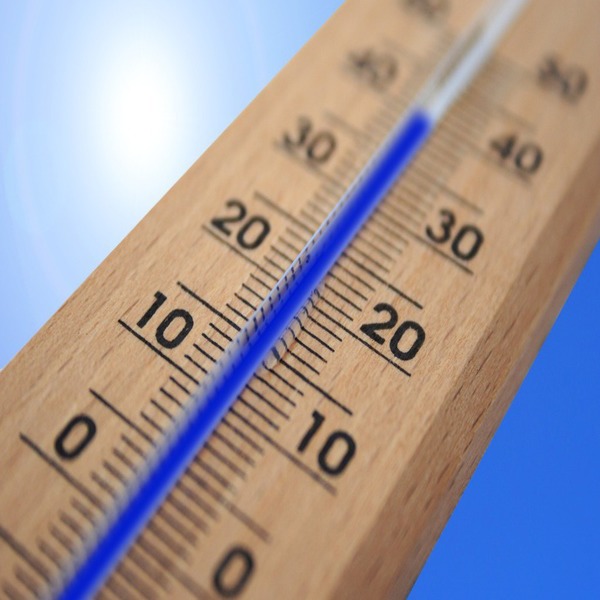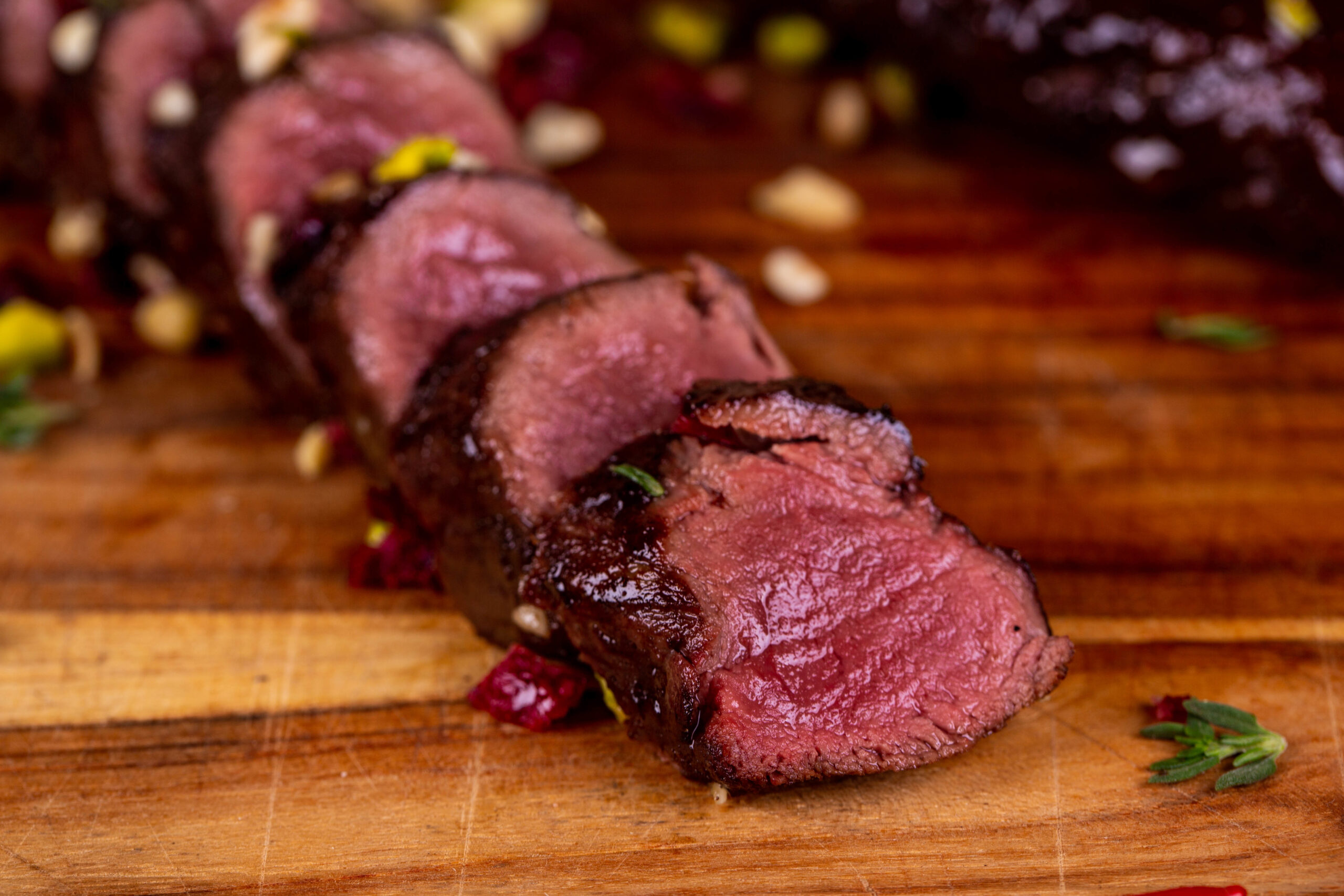
Christopher Kyer (The Honest Omnivore) is a modern day renaissance…
Proper cooling may be the most important step in harvesting premium venison.
Don’t let the mention of thermodynamics scare you. There won’t be a quiz and you don’t need a calculator. Only the Second Law of Thermodynamics concerns us here. It describes how objects of different temperatures in close proximity influence each other until they reach mutual thermodynamic equilibrium. In other words, your deer is only going to get as cold as the air around it. This can be good or bad.
I have been a party to the harvest of hundreds of deer, pronghorn and a few bears. I have also been fortunate to do this in a dozen states and seasons from late September to mid-January in all kinds of weather conditions. The only time I ever lost something to spoilage from heat was a part of a bear, I’m proud to say.
The knowledge and toolkit of methods to help cool down a carcass are critical to harvesting your deer. Equally important is a basic understanding of how the cooling process works and how to make the most of the field conditions at the time. The combination of knowledge of these principles and the ability to improvise can make you as successful at harvesting meat from your deer as I have been.
Let’s start with some gear.
You’ve managed to get your deer back to camp, home, or wherever your base of operations is. You can hoist a deer with just a rope but it is much easier with a block and tackle or a winch in combination with a gambrel.
The advantages of a gambrel are huge. The deer is lifted by the hind legs, which are kept spread. This allows all the fluids to drain toward the head or out the trachea and away from the primary muscle groups. You can lift and lower the deer easily when skinning and butchering and it also makes it easy to insert a truth detector, aka a scale.
Make a two-inch cut through the skin between the leg bone and the tendon above the hock of both rear legs. Avoid the tarsal glands, especially if you have a whitetail buck. Blacktail and mule deer have these same glands but they are much smaller. I like to use a utility knife for this instead of my knife for skinning and butchering. You want to be sure you don’t contaminate anything edible with a very unappetizing scent.
Insert the gambrel and lift it until the deer is well off the ground. If you are in your garage, shed, or barn, make sure the deer is clear of any equipment and the floor is protected from blood that will drain from the deer. If you’re in the woods or at camp, you’ll want to pick a good spot for your deer. It should be shady during the day and open enough that air can freely circulate around it. If camp was a success, don’t crowd too many on the hanging pole. Spread them out for proper air flow.
The ideal temperature range for hanging a deer is about 30 to 38 degrees.
At this temperature, the enzymatic process that contributes to tender, full-flavored venison proceeds at a moderate, controllable rate. As the temperature of the meat rises through 40 degrees Fahrenheit and above, this enzymatic process speeds up at exponential rate and can rapidly lead to putrefaction. That’s bad. Colder is better than too hot, but skinning and butchering a frozen deer can be difficult and meat doesn’t age when frozen. Meat freezes at 28 degrees, not at 32 degrees like water. Depending on the size of the deer, it may take several hours to freeze even with temps in the ‘teens.
What are the chances that hanging conditions will be ideal for you?
If you are hunting in the northern half of the country from mid to late season, pretty good. If the conditions aren’t ideal, there are a few things you can do.
First, use all the heat shedding elements available. Shady spots are cooler than sunny spots just a few feet away. Evaporative cooling means the moist surfaces of the deer’s body cavity will cool faster. Wind chill isn’t just a term for the Nine O’clock news; it’s a real principle of physics. Try to take advantage of the wind by getting the hanging deer exposed to it. If you’re hanging it from a tree, make sure you pick a spot on the edge of the woods or a solitary tree to maximize wind exposure. If needed, tie a guide line to a leg and use it to turn the deer so the wind blows into the body cavity. When you’re able to hang the deer in a barn or shed, open the doors for ventilation.
You can get the deer to cool down in borderline conditions of 38 to 44 degrees by keeping the carcass exposed to some wind or good airflow in the shade.
Remember, you have hours of time to get the meat cooled, quartered, and into a cooler or refrigerated.
When I’ve harvested deer in the afternoon, I’ve hung the deer at 45 degrees the same evening and left it until after breakfast the next day. If nighttime lows are in the lower end of good (30 to 34 degrees), the deer will stay cold longer as the daytime temps rise into the 40s. I do not skin my deer prior to quartering, using the hide that insulated the deer in life will continue to insulate the deer as it hangs. More on this subject later.
If the temps are 45 degrees and above, you will need to do more to get the meat into the Okay Zone at around 40. This usually involves some form of ice or refrigerator. In Thermodynamics of Deer 2.0, we will review some strategies for dealing with warmer conditions so you can enjoy the venison you worked hard to obtain.
Christopher Kyer (The Honest Omnivore) is a modern day renaissance man -- hunter, fisherman, writer, maker, philosopher, and foodie! Born in West Virginia and educated in New Jersey and Michigan, Chris has spent his adult life split between the Pacific NW and the Chicago suburbs. He started cooking with his grandmothers and hunting with his PawPaw before he was 10 years old, and the woods and a kitchen are still where he feels most at ease.



